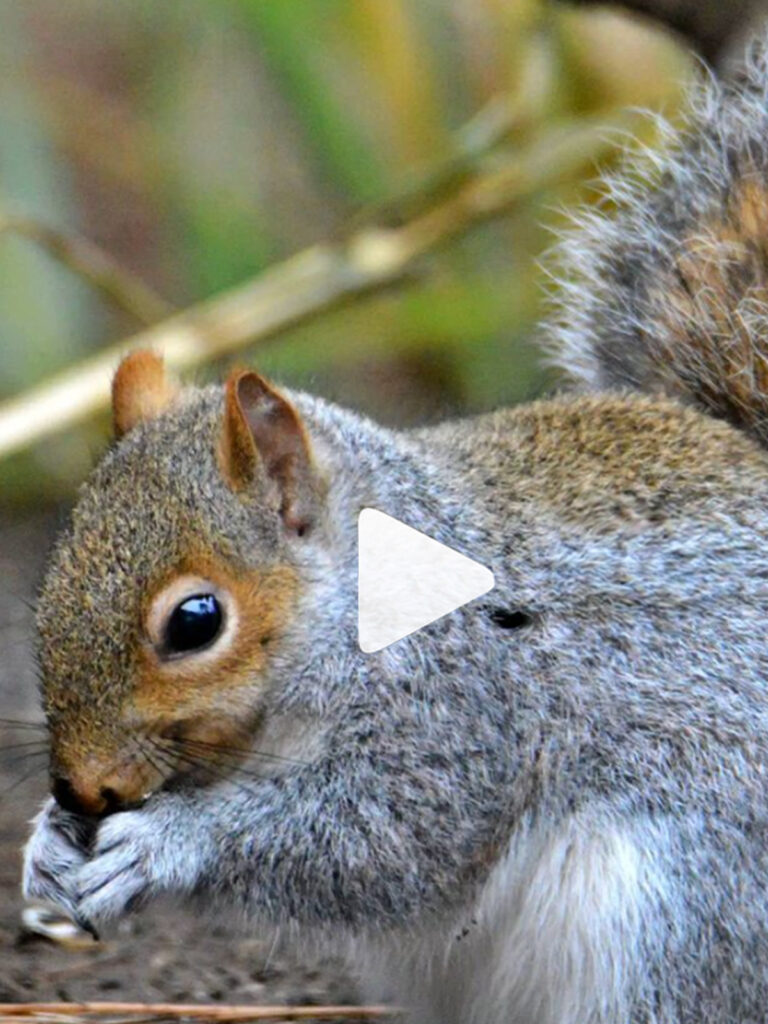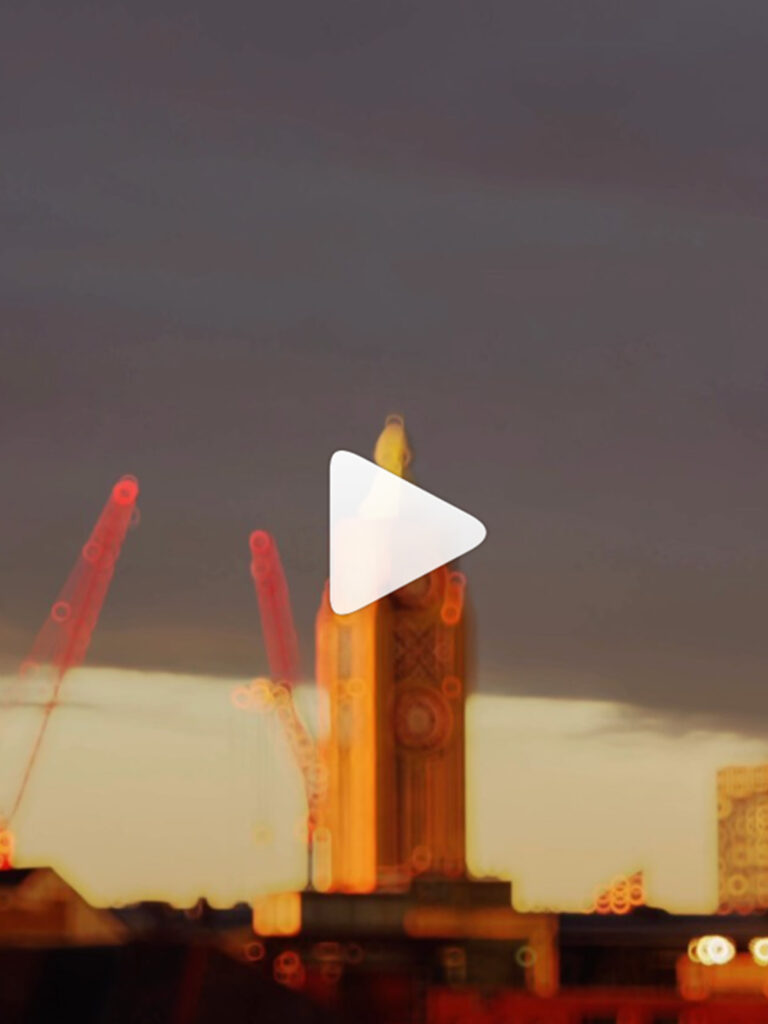The increasing popularity of short-form vertical videos on social media – a format pioneered by TikTok and now being used widely via Instagram Reels – has forced content creators (primarily photographers) to re-think their posting strategy.
Capitalizing on trending audio from Instagram Reels, photographers are hacking the algorithm to find new ways to share their art. A popular audio clip gained traction within photography circles on Reels (“Here you go Instagram: A photo as a reel!”) and birthed a new social media trend in the process.
Content creators and everyday users alike have been grappling for years with ever-changing social algorithms to find the best ways to maximize impressions and engagement on their posts, and finding ways to hack short-form vertical video is the next frontier.
Back to the Start
For most of its lifespan, Instagram was photo-oriented; every user would have a profile that displayed nothing more than a short bio and a continuous scrolling 3-column feed of photos. As a result, hoards of photographers came to call Instagram home, all boasting profiles of finely tuned imagery.
For a while, it was as simple as that:
• Make an account
• Post photos
• Receive validation
Then came a little app called TikTok and the rise of the infinite feed of short videos. So like any good tech company would do, Instagram reacted by creating Reels and subsequently shifted its algorithmic priority to favor this format. As a result, photography-focused accounts found themselves in a position where they needed to create videos to stay relevant. If they did not, their followers would be swept away in a wave of 10-30 second videos favored by the new algorithm.
In what can only be best described as a form of clout-seeking protest, audio clips began to surface proclaiming, “POWER TO THE PHOTO!”
These were typically 5-10 second videos that were nothing more than a still photo converted to a video format with audio of someone saying, “Here you go Instagram, here’s a photo as a Reel. Put that in your algorithm!”
There were a few variations of this audio clip, some more passive-aggressive than others. One of my favorites was, “So apparently photos are dead, and Reels are the only thing that gets seen…” But the basic message was the same; tell me what to do, but I’m still going to post photographs.
Exhibit A:
Here you go, Instagram…:


Oh, a picture as a reel…?:


Photos are Dead…:


Situation dictating art.
This phenomenon is not new. A fun example is Marcel Duchamp’s famous 1917 piece, Fountain, which was a literal urinal that he flipped upside down, scribbled on, and then entered into an art gallery.

While the concept appears novel, up until that era, art was seen as an elite symbol. No art gallery would have been caught dead displaying a urinal within their walls. By using a medium that was mass-produced, commonplace, and not seen as an object of beauty, Duchamp was challenging the societal perception of what could or couldn’t be art.
With the influx of photos-as-a-Reel shorts, it appeared this was another situation in which the outside world was manipulating art – as the platform itself was dictating what art mediums would be more successful based solely on their form alone.
However, unlike the art gallery from Duchamp’s time, there are limited ways of similarly subverting expectations. Users could use the format to create anti-format art, but ultimately they had to bend to make their content, as only video content could be added to the Reels section. While Duchamp’s piece was shown in an art gallery, he didn’t have to change his urinal into a painting or drawing, either of which would have been far more accepted mediums at the time. In contrast, all anti-format videos are just that: videos in the Reels section.
Consequences
In an age where art is primarily consumed through social media, if these creators want their content to be seen, they have to bend to the trends. As these platforms become increasingly focused on data-gathering while simultaneously becoming one of our primary public forums (even though they are privately owned), the distortion or suppression of art could become a byproduct.
It can and already has forcibly changed the value of art and media. A relatively standard payout for 1,000 views on Tiktok is $0.02 – $0.04. If it takes an artist 30+ hours to create a painting that ultimately earns a thousand views, why not just post something like this instead? (At the time of this article, this post had 100M+ plays.) It certainly did not take 30+ hours to make!
Conclusion
So is art doomed to become nothing more than tiny little snippets to fuel our daily serotonin fix? Are the days of a trained artisan craftsperson being replaced by a horde of influencers wielding only their iPhone cameras? Ultimately, art is about expression. Although there are challenges, if there are any consistent patterns throughout history, it’s that the art world has always found a way to react and overcome in the name of expression.
Regardless, there is no denying social media is a powerful tool if used correctly. If you’re ready to implement this tool for your brand and start making your social media content, don’t hesitate to reach out to us today!

